
Why employing delivery drivers can help to solve gig economy pitfalls
March 30, 2023
When you bring delivery in-house and work with third parties on an as-needed basis, you can retain delivery flexibility AND customer loyalty.

When was the last time you truly thought about the various ways your customers interact with your restaurant business?
These interactions, when combined, are referred to as the customer journey, a concept that is extremely important to master if you’re looking to build a customer base and keep them coming back for more.
Pre-pandemic, the typical restaurant customer touchpoints looked a lot like this:
But when the pandemic hit, all traditional restaurant norms were tossed, like a pizza base, right out the window.

With the pandemic forcing the closure of thousands of restaurants, food delivery options skyrocketed 13%, according to Statista.
Because of the pandemic, many operators gladly handed their delivery operations over to third-party delivery service providers and food delivery platforms (who were more than happy to save the day)!
At the time it was a win-win for restaurant operators and third-party providers alike because it helped both sides survive a tumultuous time for the restaurant industry.
But now, the pandemic storm has subsided.
And with the food delivery industry forecasted to grow to 21% of restaurant sales by 2025, operators are trying to discover new ways to work with third-party delivery drivers while simultaneously retaining control of their customer data, taking back control of the customer journey, AND reducing the hard-hitting delivery fees.
Luckily for you, we know just the trick to help your restaurant improve the delivery experience and reduce those last-mile delivery issues we all know and hate!
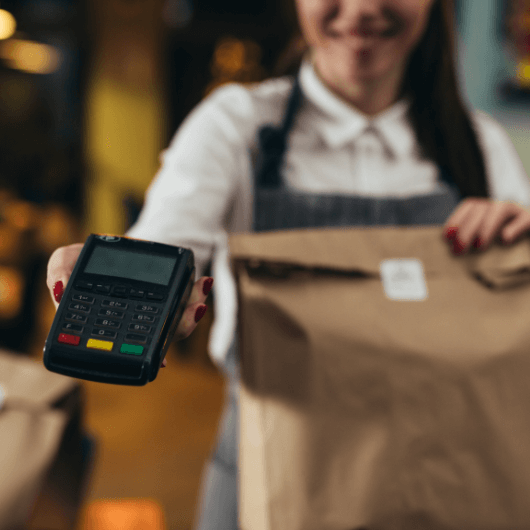
We understand that the thought of managing your own food delivery process can be scary.
It may in fact be the reason you weren’t delivering before the pandemic and the reason you signed on with third-party marketplace apps during the pandemic.
But delivery doesn’t have to be scary when you have easy-to-integrate technology that helps your restaurant’s delivery business operations.
Imagine using your own in-house drivers, or a small, local delivery service provider to deliver most of your orders, helping you keep a better handle on your customer service, branding, data, and let’s not forget, operational costs.
It’s a fact that 44% of consumers prefer to place delivery orders directly through a restaurant’s website or app.
Yes, you heard that right. This is your chance to give them what they want.
And maybe even increase that customer satisfaction score amongst your customer base.
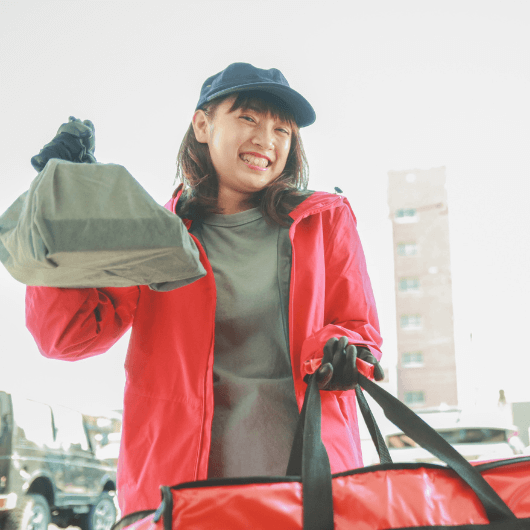
On busy weekends, if you get overwhelmed by order volume or want to capture orders outside of your typical delivery location, delivery management software IS the icing on the cake.
Or the cheese on the pizza. Or the patty on the burger. Whatever you’re into.
A comprehensive delivery management solution can automatically assist you by alerting a driver from a third-party delivery company that your busy restaurant needs help with delivery.

All the while everything, including those delivery notifications to customers, always remains under your brand and in your control.
It may sound impossible, or like another confusing technology that won’t integrate with your existing systems. But the technology is simpler to integrate and use than you may think.
But don’t take our word for it, read all about how Papa Gino’s did it!
Restaurant businesses around the world are already using a hybrid delivery approach available to them through their restaurant delivery software in order to take back control of the customer journey.
What’s stopping you?
When you bring delivery in-house and work with third-party delivery businesses on an as-needed basis, you retain your customers and get the perks afforded by third-party apps.
The pandemic opened everyone’s eyes to food delivery possibilities.
At the time, it was more about business survival than cost savings or the customer experience.
But now, it’s different.
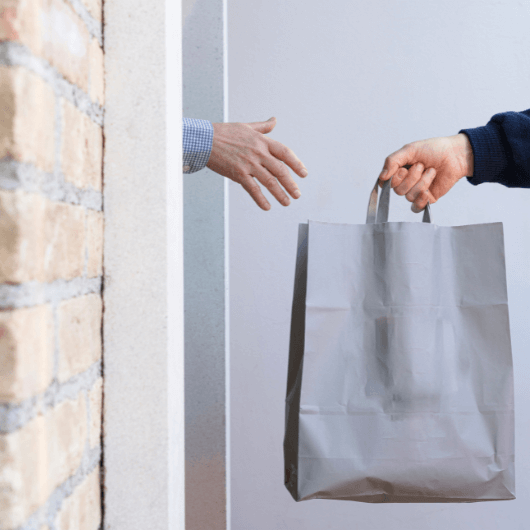
As we continue the journey, a growing number of new and seasoned operators will make the decision to bring the entire delivery process in-house by hiring internal delivery teams.
They’ll do this in order to achieve faster deliveries, avoid those additional costs, and gain insights into delivery performance, all while seamlessly meeting their customer expectations.
And many will need help.
A hybrid delivery approach that allows operators and third-party providers to work together while restaurants control the customer journey is a natural evolution and one that will only grow into the future.
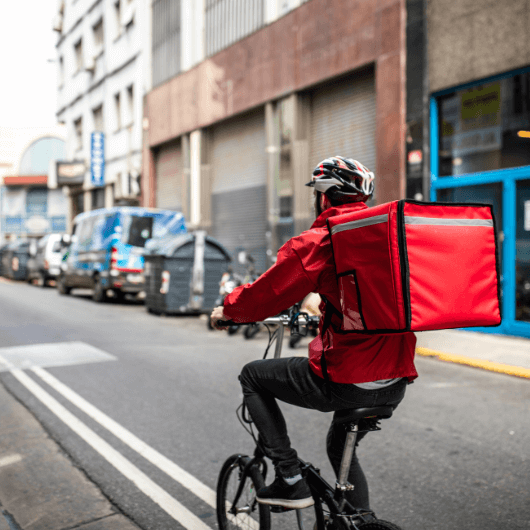
Now that you’re better equipped with knowledge on how to better control the customer journey, look towards improving it!
Make sure you’re always the first restaurant top of mind when your customers look to order their Friday night feast.
Book a demo with our team to get a comprehensive walkthrough of our delivery management software, including a look at our advanced features and driver app, and see how your restaurant’s food delivery business can use our delivery integration to improve customer retention and achieve an efficient and profitable delivery channel.
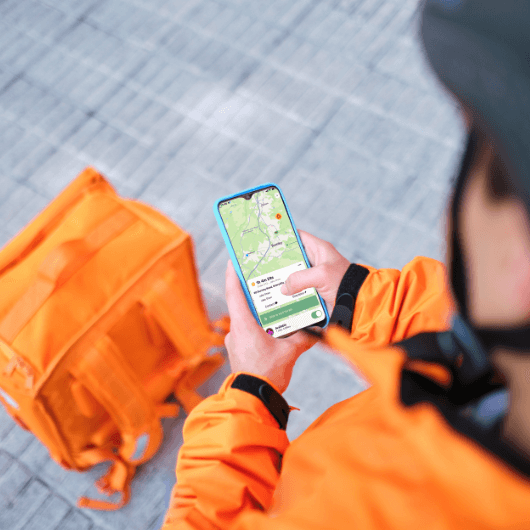
Read more about the restaurant delivery industry below!

March 30, 2023

May 1, 2023

March 30, 2023